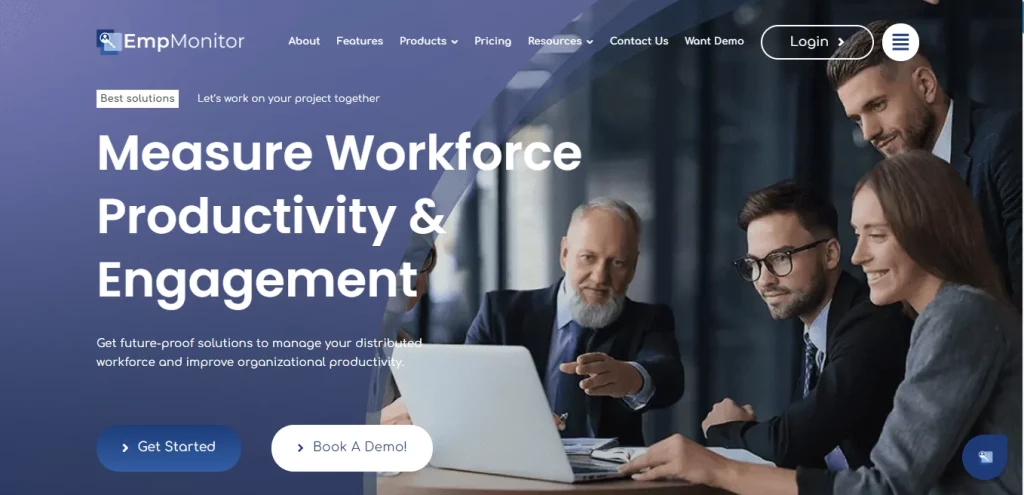Leveraging Technology for Advanced Workforce Optimization
In today's fast-paced organization atmosphere, companies are continually
searching for methods to improve productivity while maintaining worker
satisfaction. One powerful strategy is workforce optimization,
a technique that is targeted on applying sources effortlessly to attain
optimum output. That strategy isn't pretty much cutting costs; it's
about creating a more agile and sensitive workforce capable of
conference the needs of the modern market.

Understanding Workforce Optimization
Workforce optimization requires aligning workforce management functions with the entire organizational goals. It offers analyzing and restructuring workflows, tasks, and responsibilities to ensure that the right individuals are doing the proper careers at the right times. By emphasizing efficiency, organizations can minimize waste, increase efficiency, and travel better organization outcomes.
To successfully apply workforce optimization , businesses should first recognize certain areas wherever improvements could be made. This could require applying data analytics to track efficiency metrics, improve communication stations, or automate similar tasks. It's important to truly have a distinct comprehension of the present state of procedures to make informed decisions.
Essential Methods for Optimization
Certainly one of the most truly effective techniques for workforce optimization is cross-training employees. By equipping group customers with a varied group of abilities, businesses may ensure that they are always organized to generally meet moving demands. Cross-training also fosters an even more collaborative work environment, as workers gain a broader understanding of various jobs within the organization.
Another important component of workforce optimization is flexible scheduling. Allowing workers to adjust their perform hours or perform slightly may result in improved work satisfaction and productivity. That mobility might help minimize downtime and make sure that sources are being used effectively.
Lastly, leveraging technology is required for optimizing workforce efficiency. Instruments for project management, time tracking, and efficiency analytics can provide valuable ideas into how work has been completed. These ideas can tell decisions about source allocation and help identify areas for improvement.

Developing a Culture of Continuous Improvement
For workforce optimization to be truly powerful, it should be embraced as a continuous process rather than a one-time initiative. Companies must foster a lifestyle of constant development, encouraging employees to contribute some ideas and feedback. Frequently researching techniques and making changes as needed guarantees that the company remains agile and competitive.
In summary, workforce optimization strategies offer a pathway to increased efficiency and productivity. By implementing wise practices such as for instance cross-training, variable arrangement, and leveraging engineering, corporations can create a vibrant workforce that is well-equipped to handle the challenges of today's market.
Comments
Post a Comment